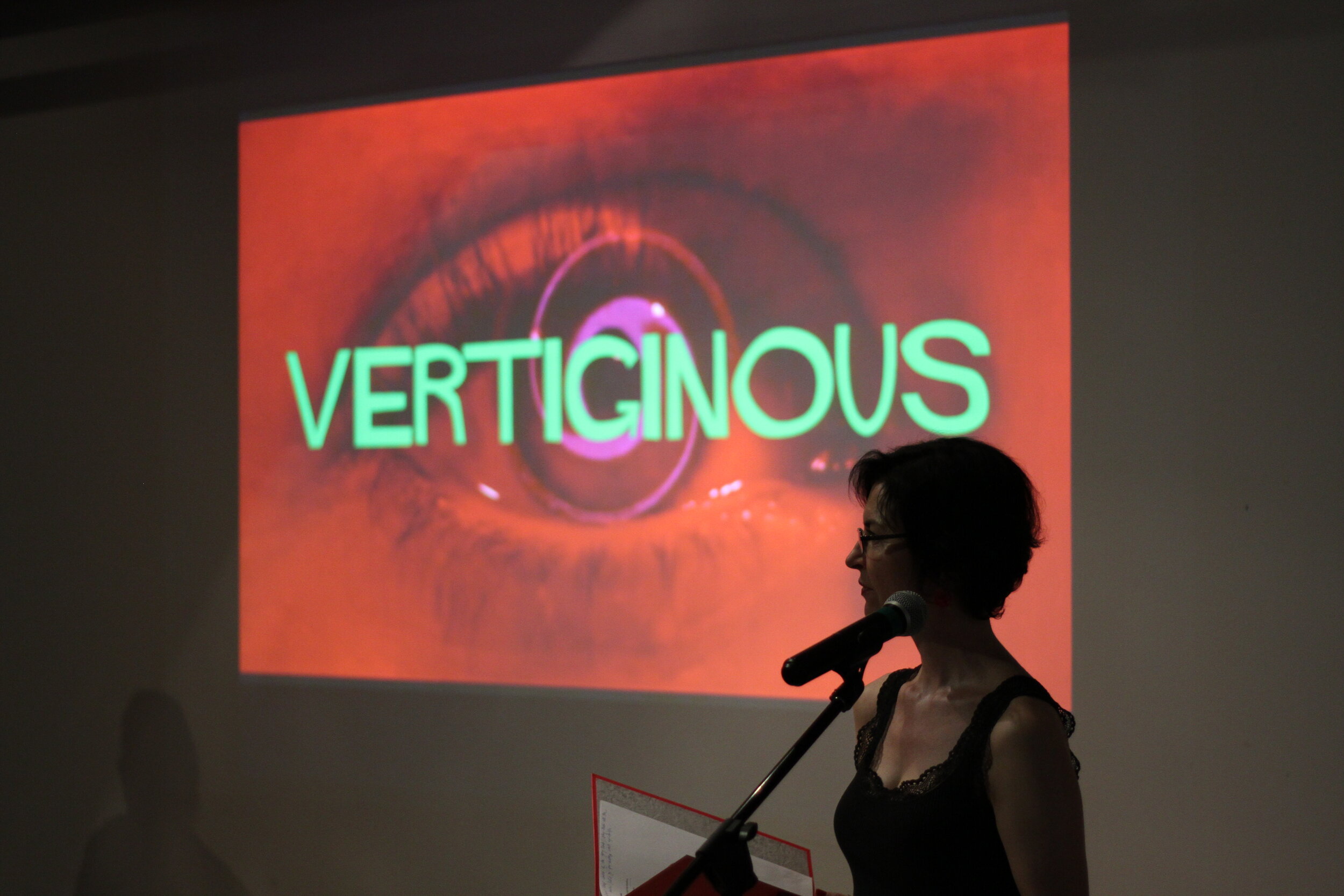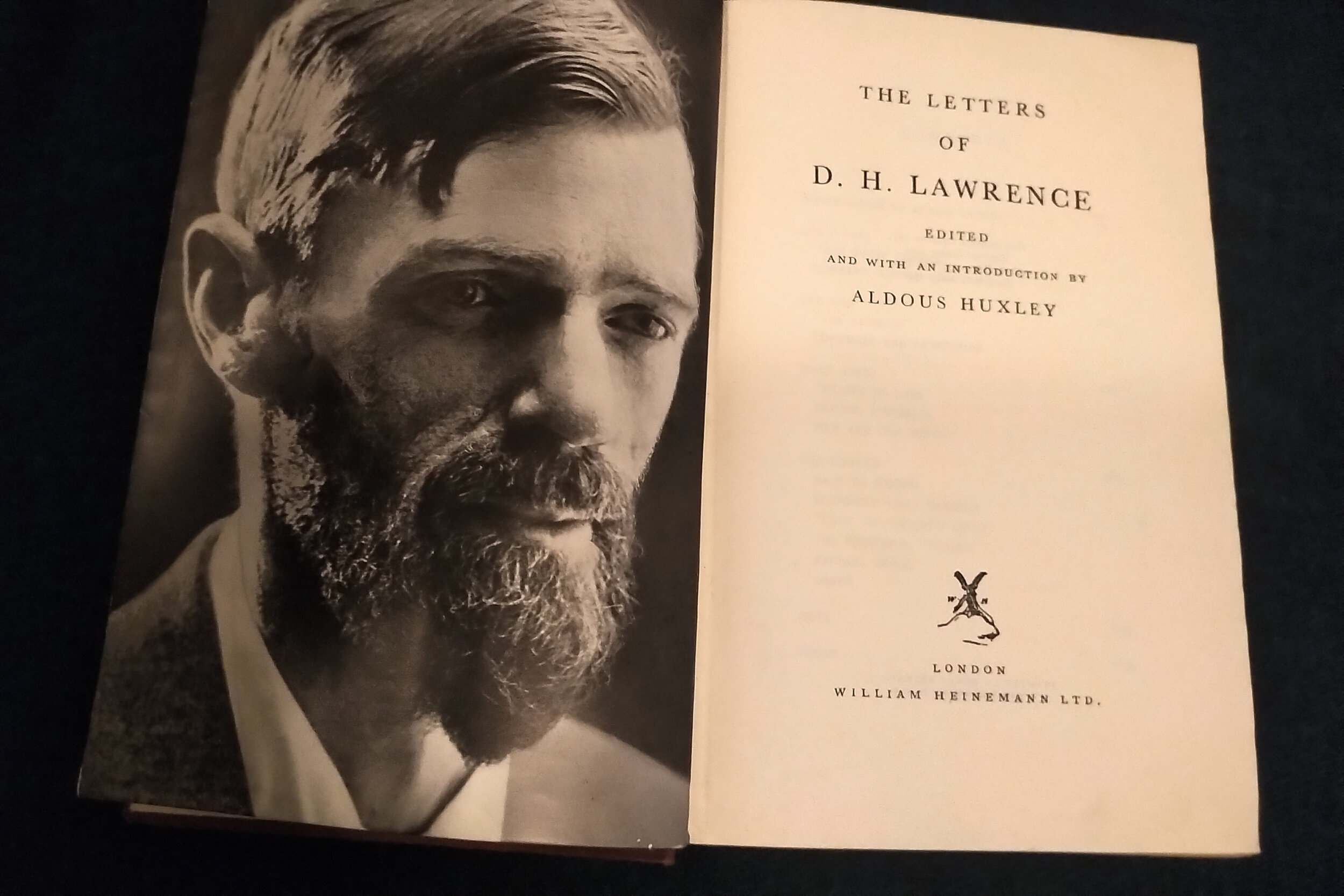I was up with the birds and the June dawn last Saturday, and weary when I laced up my running shoes and stepped out of the door in the afternoon – but sometimes nothing clears the fuzzy deskbound head as well as a run, even a slow twenty-minute one. And I had my iPod for company – a spot of Beethoven to urge me on.
By the time I pushed open the gate to Nightingale Park Creatures of Prometheus had given way to Coriolan, and slowly, overture to overture, I was warming up and finding my stride – though still, as always, molto molto moderato. Past the recently planted apple trees and on to Egmont, my favourite of the trio of overtures on this recording. By then my mind had loosened up a little too. How happily we ran, I was thinking, me and Egmont and old Ludwig Van. (Yes, too loose, I know, but I can’t help it, it’s the rhythm of the run….). Me and Otto Klemperer, and the Philharmonia…A steady sostenuto suits a slow runner like me.
On, along Queen Edith’s Way, and my earphones blossomed into the glories of the Sixth Symphony, note upon unfurling, heart-lifting note. Allegro ma non troppo and doing just fine. Even though I knew it was coming, the opening bars are always a fresh and cheering wonder. Except for the first years after my father’s death, when I couldn’t listen to the music he loved without searing heartache – so I didn’t listen to much at all, especially not Baroque or Classical composers. I only realised later how firmly and for how long I had steered clear of Bach, Mozart, Vivaldi, Handel, my father’s beloved Sibelius, and especially Beethoven and the stirring Sixth.
Like Ludwig van Beethoven, Charles Harwood Dixon loved a long, thoughtful country walk, and he loved the Pastorale in particular. When I read later that Beethoven had annotated the first movement ‘Awakening of cheerful feelings on arrival in the countryside’[1], it fitted my ever-cheery father perfectly. The words evoked an image of him stepping down from the train to some country platform, lifting his hat to other passengers in farewell, and setting off down a leafy lane, map and prayer book tucked into his long-trousered safari suit pocket.
In the last weeks before he died, when his legs no longer took him anywhere, my mother moved a record player to the foot of their bed so he could listen to our collection of old LPs. I remember phoning one day from London and hearing the Sixth Symphony in the background. ‘It’s good of you to call,’ he said, ‘we’ve been having a lovely time here, running through the woods and fields all day.’ At first I thought it was just the wandering of his mind as he struggled for breath, not enough oxygen to his brain despite the canister beside his bed, but much later I remembered what had inspired the Sixth, why it was called the Pastorale. A flowing musically illustrative journey through the beauties of the countryside, babbling brooks and cuckoo calls – so perhaps he had just been making a joke, sweet and playful and more than a little sad. Either way, the music brought him imaginative release, and took him on a journey his own body could no longer make
These days, grateful for what I can still do, and no longer running away from the music, symphonies are my favourite running company. Only instruments, no lyrics: there are so many words (‘too many notes’?) in my publishing and poetry life, and I relish this space without them, just body and music and nature and breath. But of course in that meditative space, the words bubble up in your head, things shake free and surprise you.
Something else surprised me too on my Saturday run, jogging on, thinking of that conversation with Daddy and the way, even in extremis, he had such a calm presence, and heartening vision. Even, it seemed, an easy sense of connection with the sublime. More than just the air of being a man of the cloth – I’ve known ministers with the opposite of peace about them, the most unpastoral pastors.
I’m thinking as I run, is ‘sublime’ too big a word? Perhaps it was just his curiosity, his awareness, that quiet yet fulsome appreciation of the aesthetic and natural world. What we’d call ‘mindfulness’ now. I slow to sip some water from the bottle I’m carrying and as I look down I see that a ladybird beetle has settled on my running trousers: how long she’s been there I don’t know, but I don’t want to brush her off. So I just run on, sure she’ll take wing soon.
A block on she’s still there, snug against a seam. Somehow she doesn’t look like she’s going anywhere, except where I’m going, right now. All right, ladybird, I think, let’s test your tenacity, and mine. This was just going to be my ordinary short loop-and-back-home tick-the-box run, but perhaps I can stretch it a bit. I vow I’m not going to stop running till this little Coccinellida has gone. It surely won’t be that long, what with the breeze that rises as I reach the crossing – and instead of going left, home, I turn right, out to Fulbourn and the windmill on the hill, the run I do when I’m really fit. Which now I’m most certainly not.
Ladybird’s still with me as I cross the turn-off to the airfield. She ain’t flying anywhere, just lifting her wings now and then, a bit of a scurry and a turn, then a hunkering down. Like she’s conducting a survey, a little beetle physio, checking out the state of the ITB on my tight left thigh. She’s not helping that much though, so I pause to stretch, and even then she doesn’t take the chance to get off at the convenient stop.
Impossible not to be fond of these creatures, bright round things, both homely and ethereal. She’s one of the orange ones, on the rise here I know, not like the bright red black-spotted ones from my childhood in South Africa. I fervently believed – and well, really still do – in the good luck they bring you, how must let one trundle along your hand to your fingertip, pause and take wing, then make your wish….
I’m wondering what to wish for if Little Orange takes flight as I hit the hill – if hill it can be called, this modest wee slope in the flatlands of the Fens – and feel my muscles groan. Thinking to myself, be careful what you vow, there are stories about people like you, making careless promises to strangers met on the road, getting carried away by the little people, or creatures, to deep under the hill, under a spell, never to return till their loved ones are old, or gone…. Yes, beware the wiles of Coccinellidae, and ouch, onward (she’s still there), up the hill (which now feels more hilly), slower and slower, molto andantino now. Phew.
I stop completely to swig some water (fine excuse), as a stream of cars, back from Saturday shopping, roll by. Not quite Beethoven’s ‘merry gathering of country folk’ from the Third Movement.[2] A young boy leans out of window and shouts: ‘Don’t give up!’ as they whizz past. Is the whole of the human and insect world in league to make me run my legs off? Huh. All right for some.
But it’s embarrassing to be in your running gear a few miles from home, in full view of the homegoing crowds, and walking, so I pick up again (scarcely faster than a walk really, so who am I kidding), and we soldier on together – Ludwig and the ladybird and I, though she’s not really doing much soldiering. Ludwig’s helping on the uplifting motivational front, but you’re not exactly pulling your weight, are you, ladybird? And what is your weight exactly?[3]
What I do know is she’s doing a little seam-to-seam scurry on my leg, a to-and-fro perambulation as if she were an orange-frocked lady of leisure impatiently pacing a train carriage ahead of her station. She clearly wants to get somewhere – but where? Not the crown of the hill, by the old windmill, where I stretch again before I turn, and not back down the slope where I pause to examine a clump of woolly thistles, flowers busy with bee browsers above the moth-eaten (or caterpillar-munched) leaves.
So I’m keeping on, eyes to the horizon, the old just-one-foot-in-front-of-the-other device, on the home stretch at last, but ladybird ain’t gone, which means I still have to run…. So instead of the straight route back down Cherry Hinton Road, I veer into the grounds of Cherry Hinton Hall – which I would have passed a whole lot sooner had I not made my rash running promise and Coleopteran detour.
There’s a sudden peace on the far side of the hedge, among the gentle towers of trees, the soil soft underfoot. I walk under a generous canopy of leaves and wish I knew more of their names, though I can spot a beautiful beech – and a sad, sick-looking chestnut, alas. But a calm green space, a place to breathe in – and as I do, deeply, I look down and realise she’s gone, taken wing at last.
Perhaps the park was where she’d wanted to get all along, all that pacing her impatience at my silly scenic route, shilly-shallying along on a hare-brained whim (but at tortoise-like speed). Perhaps she’s after an early pitch for Cambridge Folk Festival in a few weeks’ time. Ladybirds love music too… See, the endorphins do make you high, and I’m feeling elated and surprised I managed to run so far, an unexpected start to training for a half-marathon in Palermo in November.[4] The only ‘thunder and storm’ I’ve been through on this journey is through my headphones, but I have all the full-hearted gratitude of the Pastorale’s closing ‘Shepherd’s Song’ – ‘cheerful and thankful feelings after the storm’.
And here among the life-enhancing trees there’s more than a touch of the sublime. Not so hard to find after all, if you know where to look, how to listen, and what company to keep.
7 July 2017
~
Some Notes:
[1] Erwachen heiterer Empfindungen bei der Ankunft auf dem Lande’
[2] I love the relish of the original German: ‘Lustiges Zusammensein der Landleute’
[3] I was thinking that’s the kind of question my little nephew Stuart might ask and Googled for an answer when I got home – to find to my delight that there’s a book called just that: How Much Does a Ladybug Weigh? I’ve already ordered it…
[4] More on the Palermo run anon… A long way to go with the training, ladybird or no ladybird! I’ll be doing some fundraising with that run for Parkinson’s research as I did in the Havana race last year – but right now, philanthropic running fans, you can support my colleague Tom Witcomb and Jaime Frost who are running the British 10km race in London on Sunday 9 July, in support of BTBS, the Book Trade Charity. The Book Trade Charity is an excellent charity which offers support and guidance to people in the book trade and their dependents in times of need. They also provide accommodation for our agency’s Carole Blake Open Doors Project, which helps make this diversity project possible.
To sponsor BTBS, The Book Trade Charity, via Tom and Jaime’s run, click here.
























